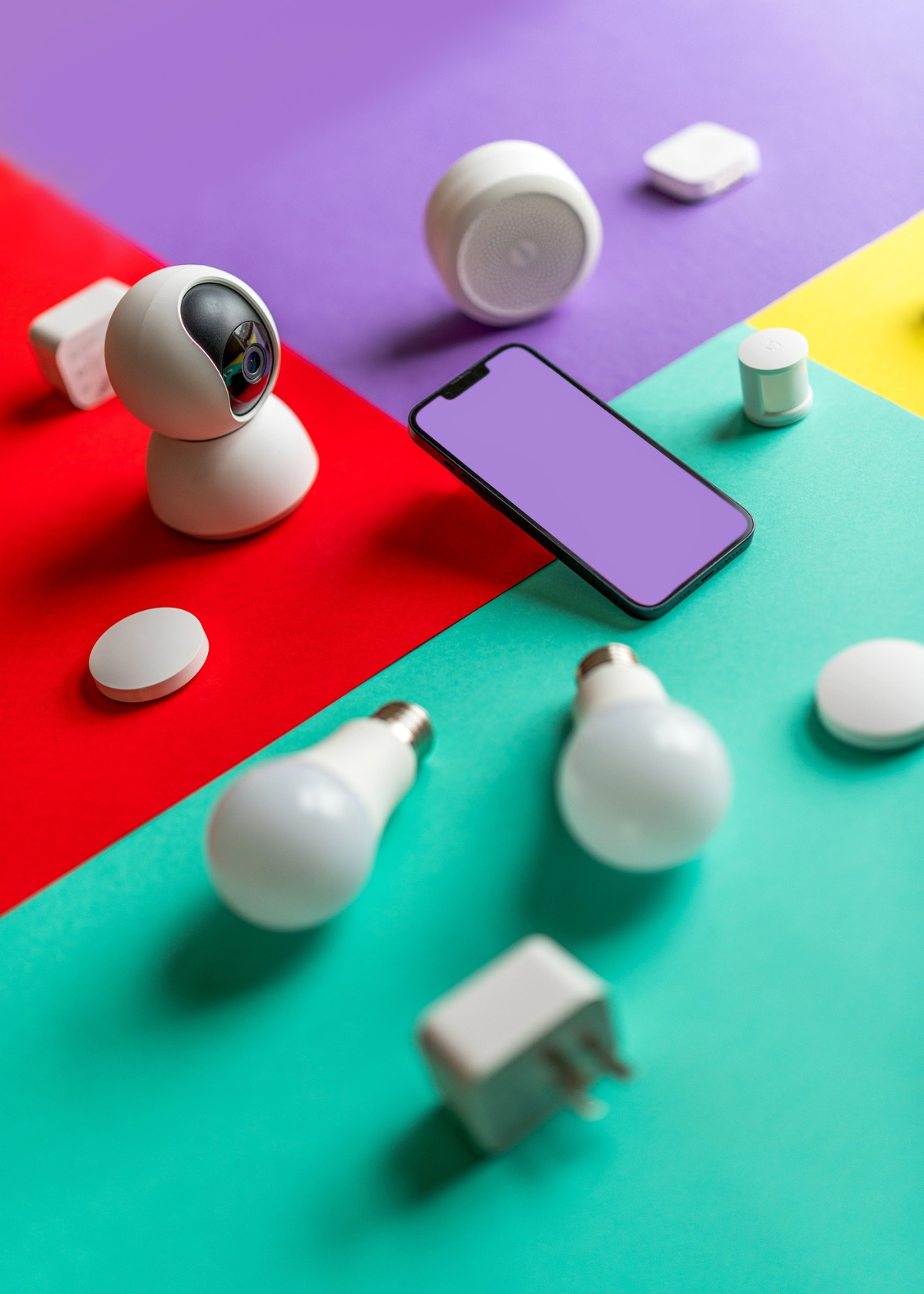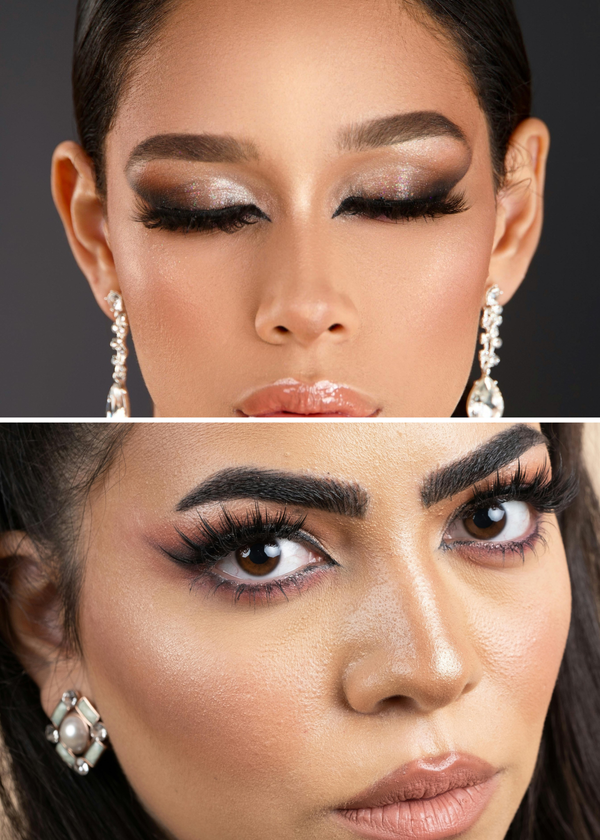In the era of rapid technological advancement, the Internet of Things (IoT) has emerged as a transformative force, revolutionizing the way we interact with our surroundings and enhancing our everyday lives.
One of the most intriguing facets of IoT is the proliferation of IoT cameras, which have seamlessly integrated into various aspects of our modern world.
From home security systems to industrial surveillance, these devices have become ubiquitous, providing us with an unprecedented level of connectivity and control. But have you ever wondered, how do IoT cameras work?
In this article, we will delve deep into the intricacies of IoT cameras, exploring their functionality, components, communication protocols, and potential applications.
Understanding IoT Cameras: The Basics
Before we dive into the technical intricacies, let's establish a fundamental understanding of IoT cameras.
An IoT camera, simply put, is a camera equipped with Internet connectivity and embedded sensors that enable it to interact with other devices and systems over the network.
This connectivity empowers the camera to not only capture images and videos but also transmit, receive, and process data in real-time.
Unlike traditional cameras, IoT cameras are not isolated entities; they are part of a larger network that forms the IoT ecosystem.
Components of an IoT Camera
To comprehend how IoT cameras work, it's essential to familiarize ourselves with their key components:
- Image Sensor: At the heart of every camera lies an image sensor. In IoT cameras, this sensor captures visual information in the form of light and converts it into digital data.
- Processor: The processor is responsible for handling various tasks, including image processing, data compression, and encoding. It plays a pivotal role in preparing the captured data for transmission.
- Connectivity Module: This component facilitates communication between the camera and external networks. It can use various protocols such as Wi-Fi, cellular networks, Bluetooth, or even Ethernet, depending on the camera's design and intended application.
- Memory: IoT cameras often include onboard memory to store captured images and videos before transmission. This temporary storage allows the camera to continue functioning even if there are network disruptions.
- Power Source: Most IoT cameras are designed to be energy-efficient, utilizing rechargeable batteries or efficient power sources to ensure continuous operation.
- Sensors and Detectors: Depending on the camera's purpose, it might incorporate additional sensors such as motion detectors, temperature sensors, or infrared sensors. These sensors provide contextual information that can trigger actions or alerts.
- Enclosure and Lens: The physical housing of the camera protects it from environmental factors and often includes a lens to focus and capture images.
IoT Camera Functionality: How They Work
Now that we're acquainted with the components, let's explore how IoT cameras work in practice:
- Data Capture: The process begins with the image sensor capturing visual information from its surroundings. This sensor converts light into electrical signals, which are then processed by the camera's internal components.
- Image Processing: The processor within the camera performs various tasks to enhance the captured data. This includes tasks like noise reduction, color correction, and image stabilization.
- Data Compression: As images and videos can be large files, IoT cameras often employ data compression techniques to reduce the size of the files without significantly compromising their quality. This is crucial for efficient data transmission.
- Encoding and Transmission: Once the data is processed and compressed, it's encoded into a suitable format for transmission. The connectivity module comes into play here, establishing a connection to the network and transmitting the data to a designated receiver.
- Network Interaction: IoT cameras communicate with other devices or systems via the Internet. They can send data to centralized servers, cloud storage, or directly to other connected devices. This interaction allows users to access the captured data remotely and in real-time.
- Remote Access and Control: Users can access the captured images and videos through dedicated applications or platforms. This remote access provides a high level of flexibility and control, enabling users to monitor their spaces regardless of their physical location.
- Alerts and Automation: Many IoT cameras incorporate sensors that can trigger automated actions or alerts. For example, a motion sensor could prompt the camera to start recording when movement is detected, or send an alert to the user's smartphone.
Communication Protocols in IoT Cameras
IoT cameras rely on various communication protocols to establish connections and transmit data. Some common protocols include:
- Wi-Fi: Wi-Fi connectivity is prevalent in consumer-oriented IoT cameras. It provides high-speed data transfer and allows seamless integration with home networks.
- Cellular Networks: Cameras equipped with cellular connectivity can operate independently of Wi-Fi networks. This is especially useful in remote locations where Wi-Fi coverage might be limited.
- Bluetooth: Bluetooth is often used for short-range communication between IoT cameras and mobile devices. It's useful for initial setup, configuration, and local control.
- Ethernet: In scenarios where stable and high-speed connectivity is essential, Ethernet connections are employed. This is common in industrial and commercial settings.
Applications of IoT Cameras
IoT cameras find applications across various domains, showcasing their versatility and potential impact:
- Home Security: IoT cameras have revolutionized home security, allowing homeowners to monitor their properties remotely, receive alerts in case of unauthorized access, and even communicate with visitors through integrated audio systems.
- Smart Cities: In urban environments, IoT cameras contribute to smart city initiatives by monitoring traffic flow, detecting accidents, managing parking spaces, and enhancing public safety.
- Industrial Surveillance: Industrial facilities utilize IoT cameras for monitoring critical processes, ensuring workplace safety, and performing remote inspections in hazardous environments.
- Retail Analytics: Retailers employ IoT cameras to analyze customer behavior, track foot traffic, and optimize store layouts for improved customer experience.
- Environmental Monitoring: IoT cameras equipped with environmental sensors contribute to monitoring pollution levels, weather conditions, and wildlife activity in natural habitats.
Challenges and Considerations
While IoT cameras offer numerous benefits, they also pose challenges that must be addressed:
- Privacy Concerns: As IoT cameras capture sensitive visual data, privacy concerns are paramount. Striking a balance between surveillance and personal privacy is a significant challenge.
- Security Risks: IoT cameras can become entry points for cyberattacks if not properly secured. Implementing robust security measures is crucial to prevent unauthorized access.
- Data Storage and Management: The sheer volume of data generated by IoT cameras requires effective storage and management solutions. Cloud storage, edge computing, and data analytics play pivotal roles here.
- Network Reliability: Reliable network connectivity is essential for real-time monitoring and alerts. Network outages can undermine the effectiveness of IoT cameras in critical applications.
Conclusion
IoT cameras represent a remarkable convergence of technology, seamlessly blending imaging, connectivity, and data processing to reshape how we perceive and interact with the world around us.
Through the integration of various components and communication protocols, these cameras offer us unprecedented control, convenience, and insight. As the IoT ecosystem continues to evolve, so too will the capabilities of IoT cameras, leading to further innovation and transformative applications across a myriad of industries.
By understanding the inner workings of these devices, we unlock the potential to harness their power responsibly and contribute to a smarter and more connected future.
Tap the Button Below and see the Best IoT HD Cameras.
Thanks for Techin-IN!
Becky.








